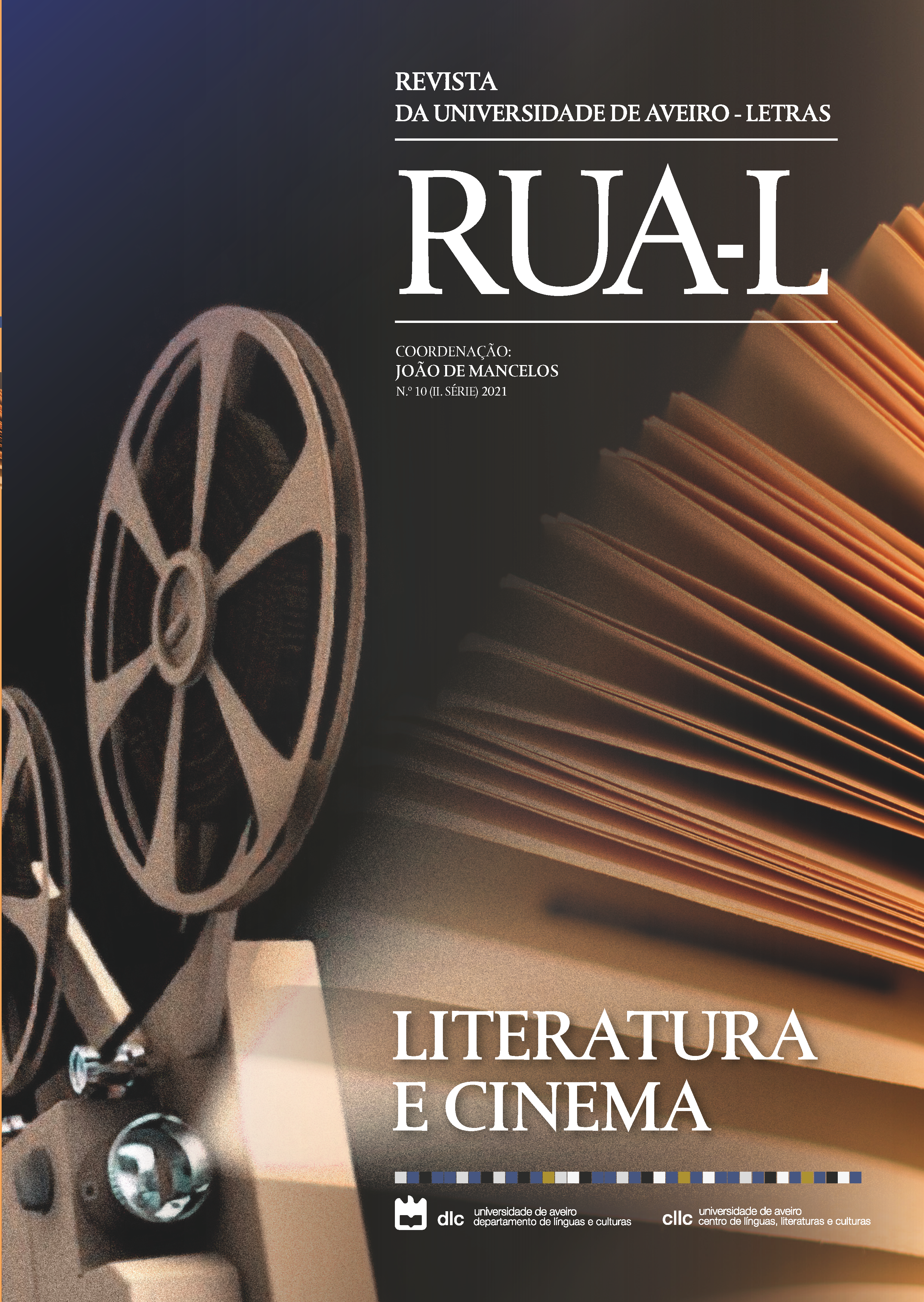A adaptação de Homeland do ecrã à página: desafios de duas novelizações baseadas na série televisiva
Resumo
O presente estudo objetiva discutir como as novelizações Homeland: Carrie’s Run (2013) e Homeland: Saul’s Game (2014), de Andrew Kaplan, constroem verbalmente uma narrativa transmidiática (Jenkins, 2006) entre a literatura e a série de televisão Homeland (2011‑2020).
A investigação enfoca, portanto, como ambos os romances adaptados do seriado do canal Showtime realizam transformações diegéticas, narratológicas e psicológicas (Baetens, 2018) do conteúdo preexistente do programa de TV. A discussão parece sugerir que, em vez de reelaborar o roteiro televisivo, as novelizações de Kaplan valem‑se da própria imagem como fator gerador para inventar novas personagens, expandir o universo diegético, criar histórias de fundo e detalhar os processos psíquicos dos seres ficcionais. O estudo reúne subsídios que permitem afirmar que o processo de novelização crítica empreendido por Kaplan envolve criatividade, seleção, reformulação, interpretação e coautoria em graus relativamente mais elevados do que a maior parte dos títulos similares desse gênero literário popular.
Referências
Works Cited
ALTER, A. (2015). As Seen on TV, Novelizations Sustain Fans and Gain Respect, The New York Times, Jan 5, p. 1, A.
ARCHER, N. (2014). A Novel Experience in Crime Narrative: Watching and Reading The Killing, Adaptation, v. 7, n. 2, pp. 212 227.
BAETENS, J. (2018). Novelization: From Film to Novel. Trans. Mary Feeney. Columbus: The Ohio State University Press.
CLEDER, J. / JULLIER, L. (2017). Analyser Une Adaptation: Du Texte à l’Écran. Paris: Flammarion.
CLÜVER, C. (2017). Ekphrasis and Adaptation, in: Leitch, T. (ed.), The Oxford Handbook of Adaptation Studies. New York: Oxford University Press, pp. 459 476.
CORRIGAN, T. (2017). Defining Adaptation, in: Leitch, T. (ed.), The Oxford Handbook of Adaptation Studies. New York: Oxford University Press, pp. 23 35.
ELLIOTT, K. (2020). Theorizing Adaptation. New York: Oxford University Press.
GRIGGS, Y. (2018). Adaptable TV: Rewiring the Text. London: Springer Palgrave McMillan.
HURWITZ, M. (2014). Homeland revealed. San Francisco: Chronicle Books.
HUTCHEON, L. / O’FLYNN, S. (2013). A Theory of Adaptation. 2. ed. New York: Routledge.
INGHAM, M. (2017). Popular Song and Adaptation, in: Leitch, T. (ed.), The Oxford Handbook of Adaptation Studies. New York: Oxford University Press, pp. 324 339.
JENKINS, H. (2006). Searching for the Origami Unicorn, in: Jenkins, H., Convergence Culture: Where Old and New Media Collide. New York: New York University Press, pp. 93 130.
KAKLAMANIDOU, B. (ed.) (2020). New Approaches to Contemporary Adaptation. Detroit: Wayne State University Press.
KAPLAN, A. (2013). Homeland: Carrie’s Run. New York: William Morrow Paperbacks.
KAPLAN, A. (2014). Homeland: Saul’s Game. London: HarperCollins.
RAAB, J. (ed.) (2014). From Scorpion to Homeland: Meet Andrew Kaplan, Suspense Magazine, Calabasas, CA, v. 060, October / November, pp. 50 52.
REIS, C. (2018). Dicionário de Estudos Narrativos. Coimbra: Almedina.130
Videos Cited
Homeland. Performance by Claire Danes, Damien Lewis, Mandy Patinkin et al, Showtime, 2011 2020. Prime Video, https://bit.ly/3dmZ1qi.
MARTINSON, C. “Connie Martinson Talks Books with Andrew Kaplan.” YouTube, uploaded by Connie Martinson, 1 Oct. 2013, https://youtu.be/v5xdtutoYb4.
Direitos de Autor (c) 2022 RUA-L: Revista da Universidade de Aveiro. Letras

Este trabalho está licenciado com uma Licença Creative Commons - Atribuição 4.0 Internacional.



